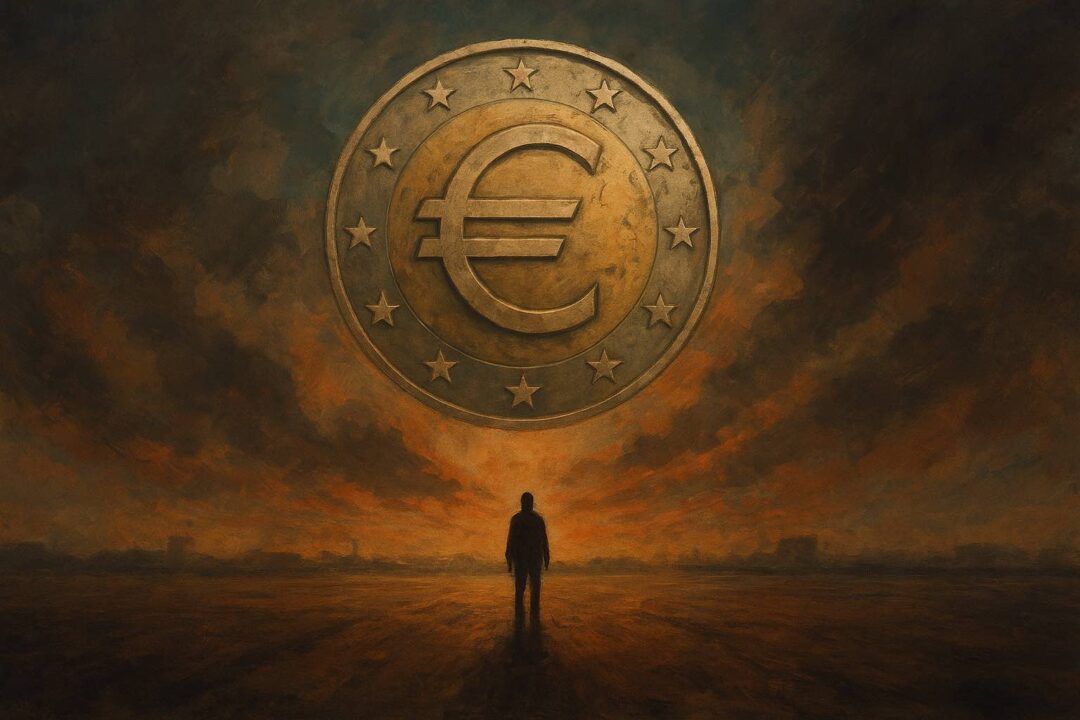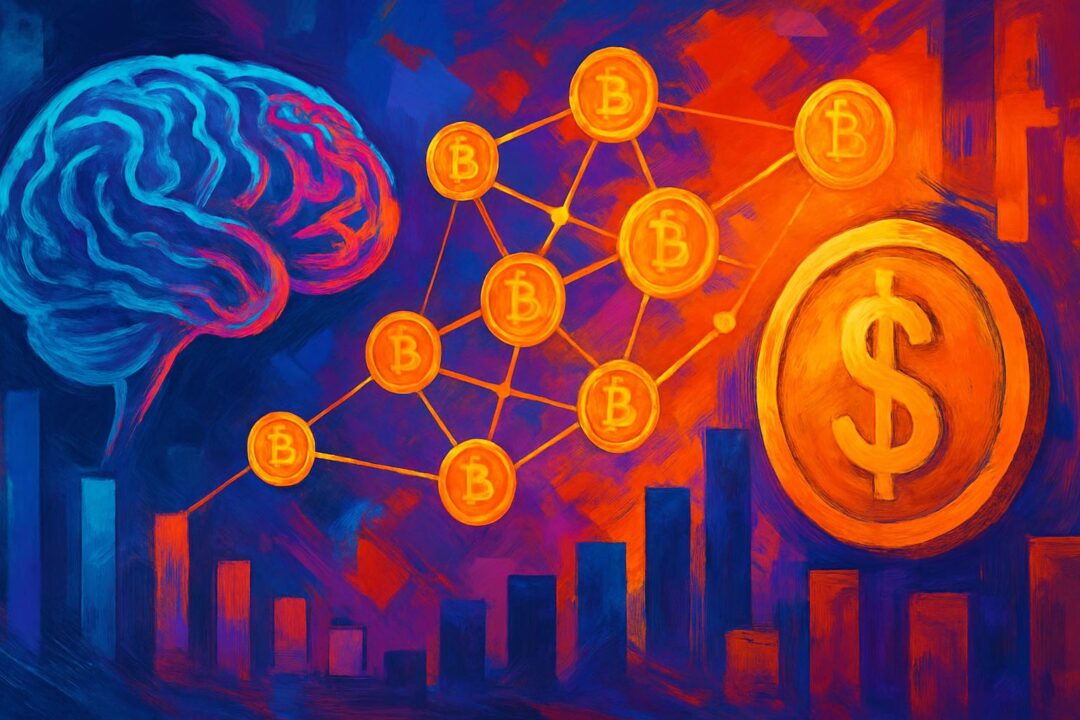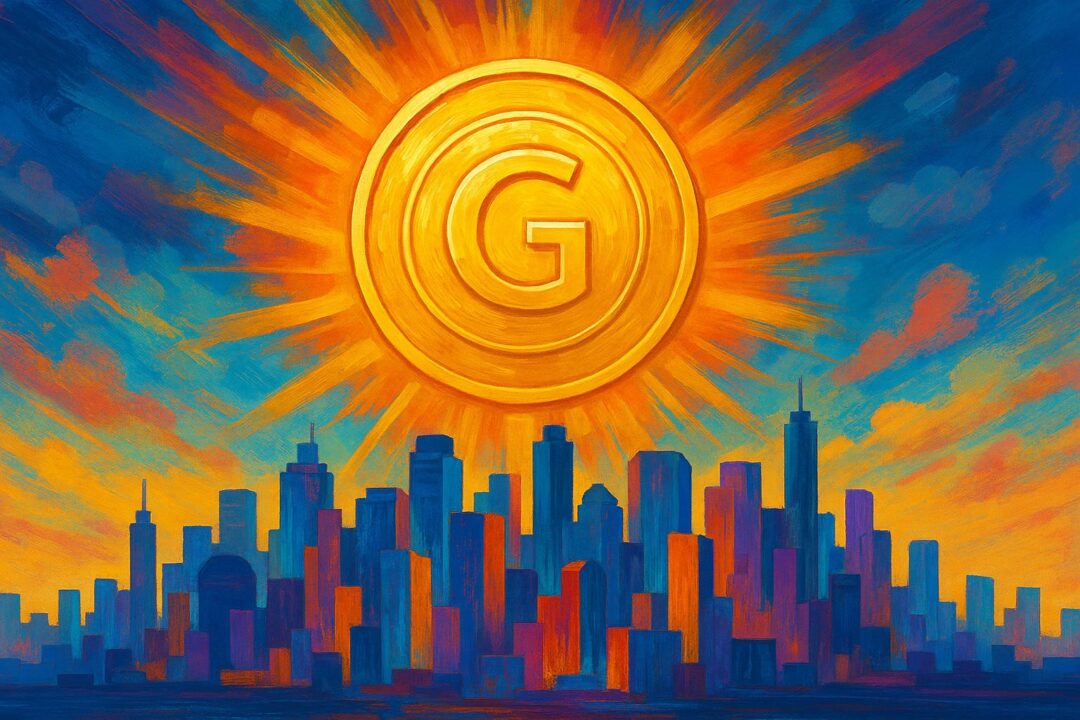As the U.S. turns the dollar into a geopolitical weapon, the global order is reshuffling—with each nation stepping into a new role on a familiar stage.
The 21st Century Role Reversal No One Saw Coming
What if the world’s economic superpowers are simply swapping places?
The post-Cold War order gave us a stable (if unequal) system: the U.S. as the consumer, financier, and enforcer; China as the low-cost manufacturer; Russia as a distant energy player; India as an emerging giant still trying to find its stride. Meanwhile, global finance flowed through London and Wall Street, tethered to the U.S. dollar.
But that world is breaking down.
Trade is fragmenting. Alliances are shifting. Currencies are becoming battlegrounds. And suddenly, countries are beginning to adopt roles that once belonged to their rivals:
- China is becoming the new America—rich in technology, consumption power, and global ambition.
- India is stepping into the shoes of China, offering cheap labor and manufacturing capacity to the world.
- Russia is turning into the new Middle East, a crucial but politically volatile energy and commodity supplier.
- And Hong Kong, despite its political challenges, still holds the potential to be a kind of new London—a global financial middleman in an age of deepening distrust.
At the heart of this upheaval is a single question:
What happens when the world no longer trusts the U.S. dollar?
The Dollar as a Weapon, and the Price of Power
The dollar’s dominance has long been a cornerstone of U.S. power. But that dominance has evolved into something more aggressive: a geopolitical lever.
By controlling access to the global financial system—banks, payment rails, and capital flows—the U.S. can isolate entire economies. Iran, Russia, Venezuela… all expected. But in recent years, even allies have found themselves caught in the crosshairs:
- Europe punished for trading with Iran.
- India pressured over buying Russian oil.
- Global South nations sanctioned by proximity.
Every such move reinforces a new reality: the dollar is no longer just a medium of exchange—it’s a foreign policy tool.
And that makes global actors nervous. Especially China.
China: The New America
China has gone far beyond being the world’s factory. It’s now becoming the world’s growth engine, much like the U.S. was after World War II:
- Domestic demand is rising, with a massive middle class and urban expansion.
- Global investment is expanding through the Belt and Road Initiative.
- Technological leadership is taking root—in EVs, AI, green energy, and more.
China is no longer content to power Western economies—it wants to power its own and shape others.
It’s also creating alternative systems:
- Digital RMB
- Cross-border payment systems (CIPS)
- Trade in non-dollar currencies
Where America once exported dollars and dreams, China is now exporting infrastructure and influence.
India: The New China
While China moves up the value chain, India is catching the manufacturing wave.
- Global corporations like Apple and Samsung are investing heavily.
- The government is pushing hard on infrastructure and industrial policy.
- Labor costs are low, and the demographic dividend is real.
In the same way that China once lured the West with cost-efficiency and scale, India is now becoming the go-to backup plan in a world increasingly skeptical of China-centric supply chains.
It’s messy. It’s complex. But it’s moving.
Russia: The New Middle East
The war in Ukraine accelerated a long-developing trend: Russia turning east.
- It now sells oil, gas, wheat, and metals to countries like China, India, and Turkey.
- The West’s sanctions have only made it more dependent on commodities as leverage.
- Like the Gulf monarchies once did, Russia is exchanging energy for geopolitical relevance.
Isolated from the Western system, Russia is constructing a parallel one—fueled by resources, not rules.
Hong Kong: The New London?
This is perhaps the most complex—and fascinating—piece of the puzzle.
Historically, London was the financial bridge between the Old World and the New. Even after the fall of the British Empire, the City of London remained a hub of global finance because it was neutral, trusted, and well-connected.
Can Hong Kong play that role now?
- It still boasts world-class financial infrastructure.
- It’s positioned at the crossroads of East and West.
- It’s one of the few places where Chinese capital meets global markets.
But its political autonomy has weakened, especially after 2019. Trust has eroded. Some global capital has fled to Singapore, which is now emerging as a rival.
Yet in a world desperate for financial neutrality, even a compromised Hong Kong may still hold value. Perhaps not as the new London outright—but as something close enough to matter.
Final Thoughts: A Multipolar World on the Horizon
This isn’t just a role swap. It’s a global decentralization of power.
- The U.S. is still powerful—but increasingly feared rather than followed.
- China is stepping up—not just economically, but ideologically and structurally.
- India is awakening—not to compete with the West, but to replace China’s position in the global economic hierarchy.
- Russia is becoming more essential to the East than it ever was to the West.
- And Hong Kong (or Singapore) may become the deal table where East and West still meet—if only financially.
What’s happening isn’t the collapse of one empire and the rise of another. It’s something far more complex:
- Multiple currencies
- Multiple tech standards
- Multiple financial systems
- Multiple truths
A world no longer unipolar, but uneasily multipolar.
A world where everyone is playing a new role, using old tools in new ways.
And in this uncertain script, trust, not just strength, will determine who holds real power.
Discover more from Brin Wilson...
Subscribe to get the latest posts sent to your email.



